Seven Spots Where You Can See Big-Name Architecture in Small-Town America
From gas stations to public libraries, these celebrity architect-designed buildings are worth a road trip
/https://tf-cmsv2-smithsonianmag-media.s3.amazonaws.com/filer/d2/5c/d25cfca0-f896-4dd0-ab54-9db4d584fc14/stuhr_museum_of_the_prairie_pioneer_main.jpg)
If you thought big cities had the monopoly on great architecture, these American small towns will make you think again. Many of the most venerated starchitects of the 20th century built smaller-scale structures in little-known corners of the country, from northern Minnesota to suburban New Jersey to the railroad towns of the Great Plains. Here are some of our favorite examples of cool architecture in unexpected places.
Cloquet, Minnesota's Frank Lloyd Wright Gas Station
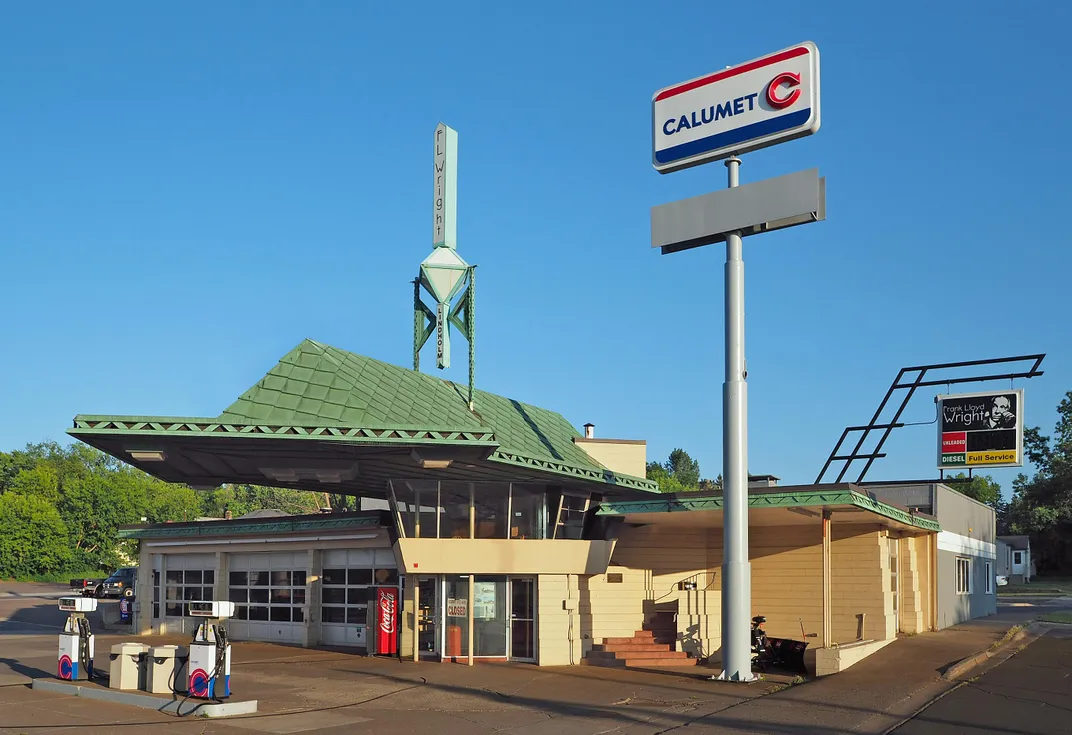
Stop for a fuel up in this wee little northern Minnesota town and you could pump gas at a station designed by Frank Lloyd Wright. Yes, the most lauded of American architects, best known for his elegant, nature-inspired works—the Guggenheim, Fallingwater, his Chicago-area “Prairie style” homes—also designed a gas station. Wright envisioned gas stations as a community gathering space in “Broadacre City,” his dream of a car-oriented suburban utopia. The R. W. Lindholm Service Station, built in 1958, has a characteristically Wright-style cantilevered roof of green patinaed copper and a glass-walled viewing lounge. While Broadacre City never came into being and most of us don’t hang out at gas stations, the R.W. Lindholm Service Station is still happy to sell you a fill-up of premium unleaded.
Grand Island, Nebraska's "Gem of the Prairie"
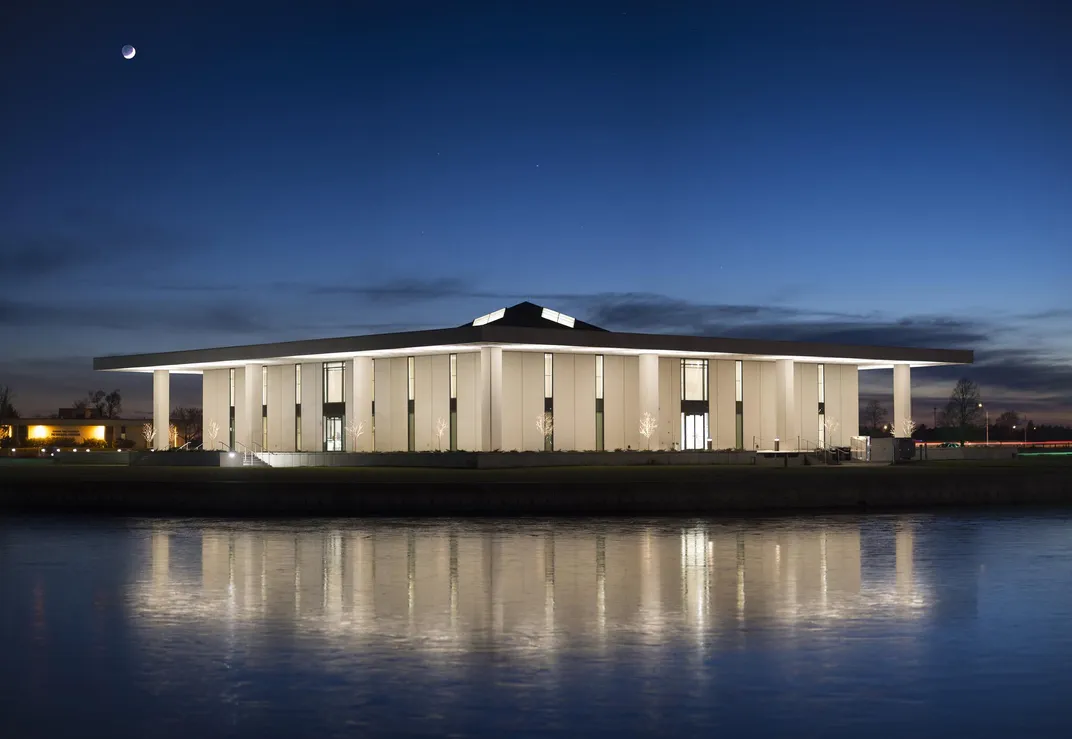
Near the geographic center of the United States, amid land so flat you can see thunderstorms forming 100 miles away, lies the town of Grand Island. Here you’ll find the Stuhr Museum of the Prairie Pioneer. Situated on 206 acres, it’s more than your typical small-town museum. In addition to exhibits of antique farm machinery, an old Union Pacific engine and artifacts from the Pawnee people native to the area, Stuhr has a living history railroad town, where costumed interpreters in a mercantile, blacksmith shop and historic homes (including actor Henry Fonda's birthplace) evoke life in the 1890s. Plus, the building housing the main museum is something special. It was built by famed modernist architect Edward Durell Stone. He’s best known for stark, imposing structures like D.C.’s Kennedy Center and New York’s Museum of Modern Art. The Stuhr has many of the same characteristics, on a smaller scale. It’s an utterly symmetrical white concrete box with narrow windows and a flat roof overhanging a deep portico supported by columns. To get here, you follow a path across a manmade pond, as if you’re approaching an ancient temple. Come for the architectural drama; stay for the Stuhr’s seasonal Harvest Fair!
Columbus, Indiana's I.M. Pei Library (And More!)
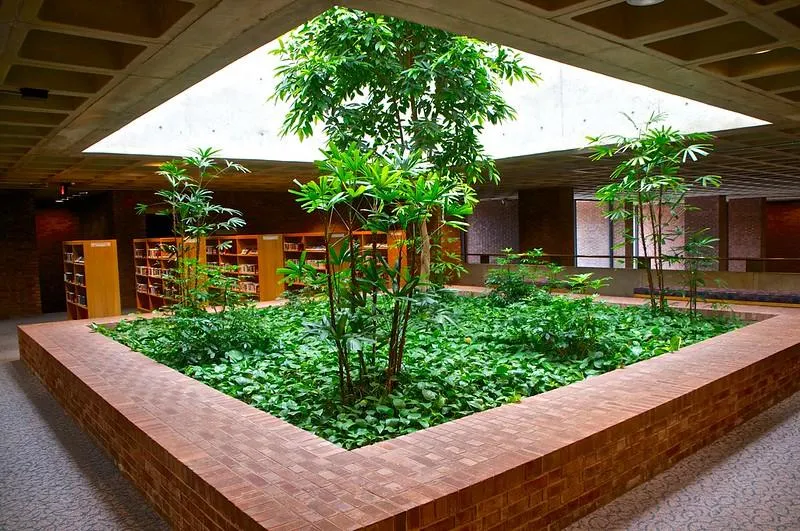
Its population is well under 50,000, which means the town of Columbus, Indiana may well have the highest number of modernist architectural masterpieces per capita of anywhere in the country. The bank’s an Eero Saarinen. The elementary school’s a Richard Meier. And the public library was designed by the great I.M. Pei. It’s all thanks to Joseph Irwin Miller, an industrialist and architecture-lover who used his own money to fund public buildings by mid-20th-century starchitects. Nearly equidistant from Indianapolis, Louisville and Cincinnati, Columbus has become a pilgrimage site for architect nerds.
Rocklin, California's Frank Gehry Factory-Turned-College
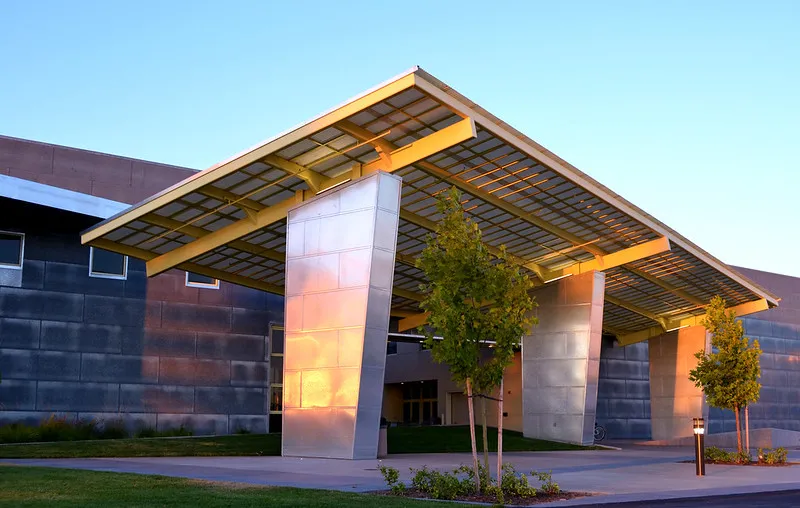
When the Herman Miller furniture company shut down its western distribution headquarters in the Sacramento Valley town of Rocklin, California in 2001, the question on everyone’s minds was “what to do with the buildings?” The 125-acre campus had been designed by Frank Gehry, the starchitect whose curvy, metal-clad works have turned once-obscure destinations (Bilbao, Spain; Herford, Germany) into bucket list tourist destinations. Luckily, William Jessup University in San Jose was looking for a new home. The school moved in, adapted the existing buildings, and kept the work of a master designer alive for the ages.
Owatonna, Minnesota's Louis Sullivan Bank
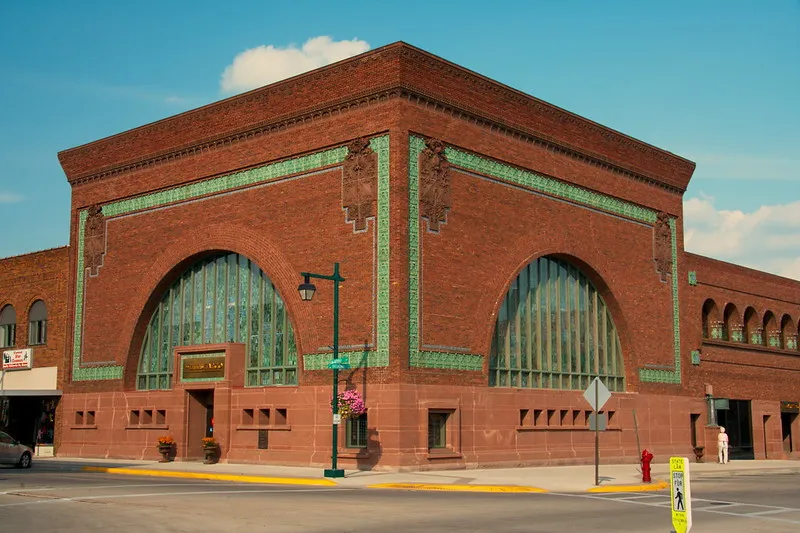
Known for its county fair and sleepy red brick downtown, Owatonna, Minnesota is also home to a surprising architectural gem: The National Farmers' Bank, designed by “father of skyscrapers” Louis Sullivan. Chicago-based Sullivan spent the early years of his career strewing the landscape with steel towers. But in his later years he took to designing small Midwestern banks he called “jewel boxes.” National Farmers’ is one such jewel box, red brick adorned with green terracotta and vast arched stained glass windows. It’s currently home to a Wells Fargo, so feel free to stop, gawk and use the ATM.
Decatur, Illinois' Marion Mahony Masterpiece
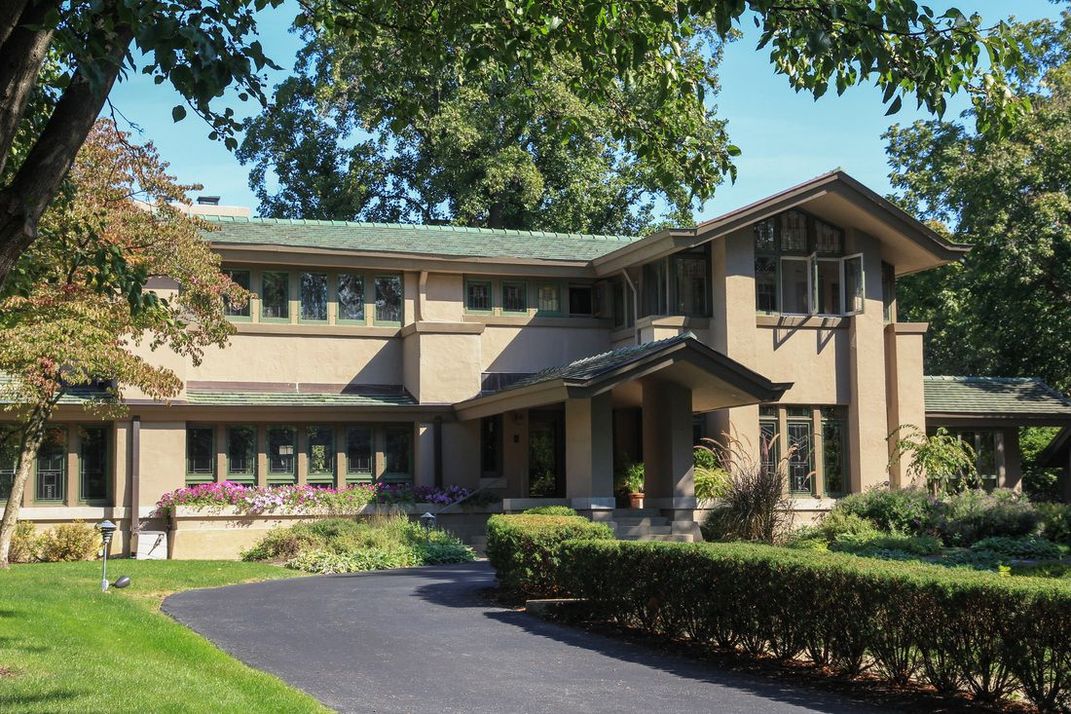
One of the first licensed female architects in America, Marion Mahony was a member of Frank Lloyd Wright’s circle and contributed to the development of the so-called Prairie style. In 1910, she was commissioned to design three houses on a private street in the Rust Belt town of Decatur, Illinois. The most grand is the Adolph Mueller House, with its Japanese-inspired upturned eaves and stunning stained glass ceiling. The home and its single remaining neighbor are two of three Mahony houses still standing in America. Along with her husband, Mahony would go on to design Canberra, Australia’s master-planned capital city.
Ewing Township, New Jersey's Louis Kahn Bathhouse
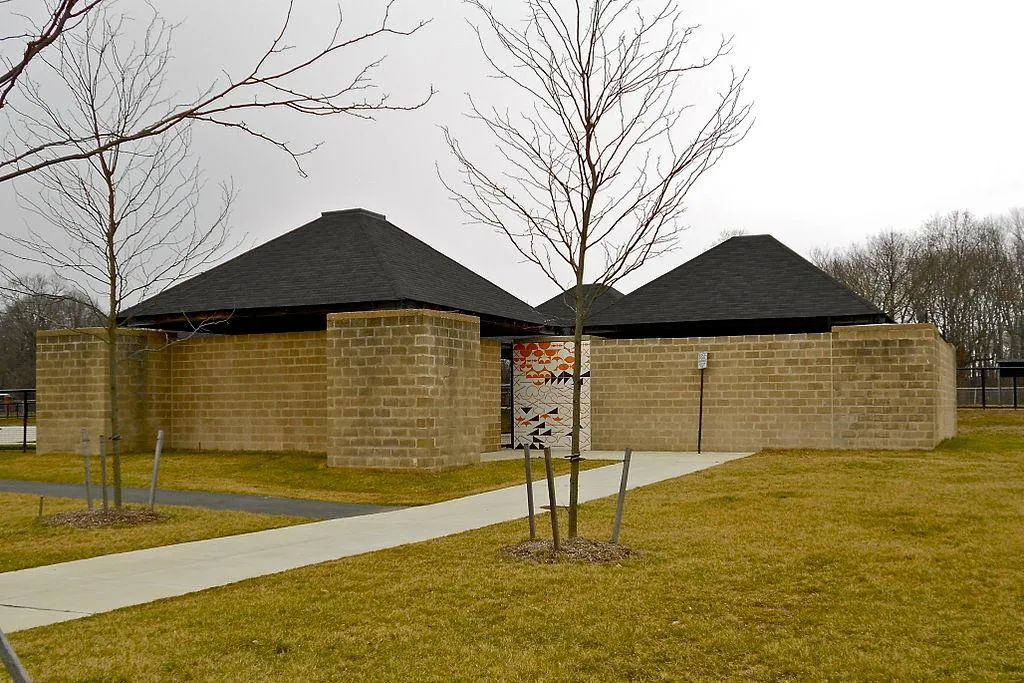
This cross-shaped gray brick building, in the peaceful bedroom community of Ewing Township, doesn’t look like much at first. But it’s a relatively early work by the pioneering Philadelphia architect Louis Kahn, a small but perfect example of his sparse, geometric style. It was built as part of a Jewish Community Center to house toilet and changing facilities for the adjacent pool; Kahn was meant to design the community center itself, but was fired before he got a chance. The structures sat forlornly in a field for years until a restoration in 2010.
/https://tf-cmsv2-smithsonianmag-media.s3.amazonaws.com/accounts/headshot/matchar.png)
/https://tf-cmsv2-smithsonianmag-media.s3.amazonaws.com/accounts/headshot/matchar.png)